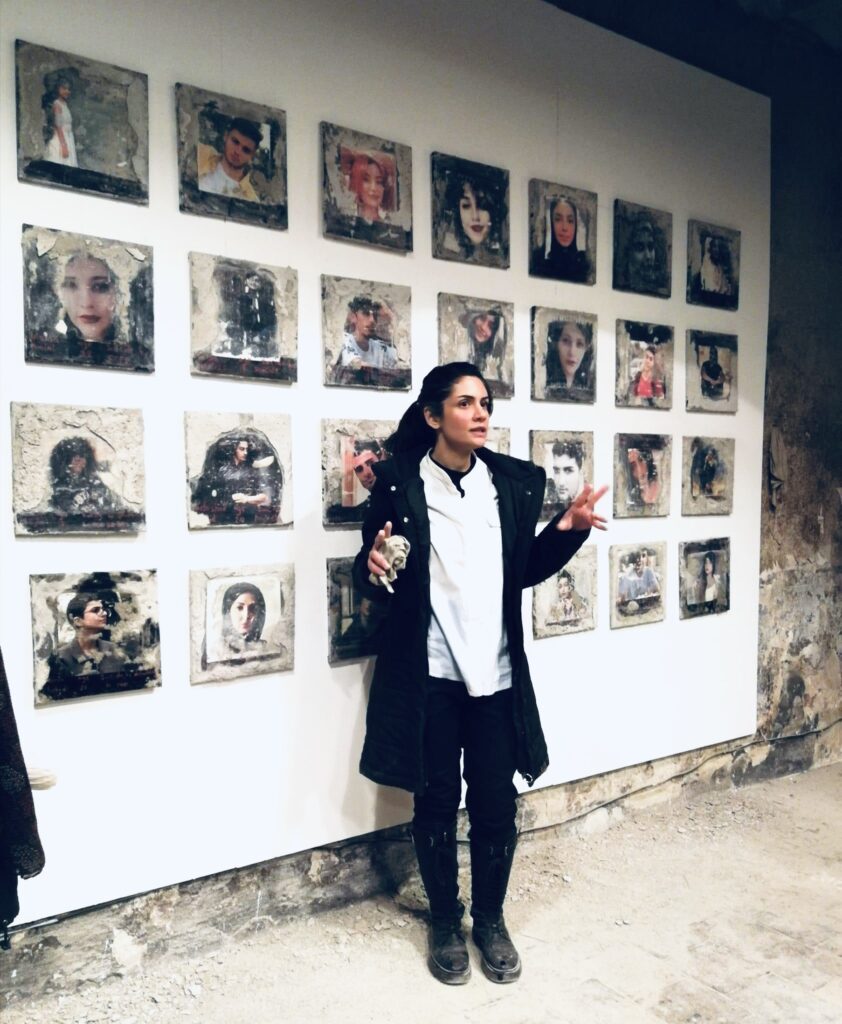SVT: Art Exhibition in Borås Halted for Security Reasons
PUBLISHED September 6, 2023
The Borås Culture House chooses to cancel artist Sadaf Ahmadi’s exhibition for security reasons and the potential for people to be offended.
– It has direct connections to the situation with the Quran burnings, says Ida Burén, cultural chief in Borås.
Sadaf Ahmadi’s exhibition consists of two parts. One features works symbolizing women murdered by the regime in Iran. The other, now halted, comprises concrete-covered sculptures depicting women in full-length veils, known as chadors.
– It comes from my childhood when I had to cover my head and body. I have tried to show spirituality, but at the same time, the rule of the Islamic regime, says Sadaf Ahmadi, who fled Iran to escape the regime’s oppression.
The exhibition was shown in France during the spring, and Sadaf Ahmadi had contact with the Borås Culture House, which booked the exhibition for September this year. But now they have changed their minds, as reported by Borås Tidning.
Joint risk assessment
Ida Burén, cultural chief in Borås, says the decision is based on a risk assessment made by the cultural administration together with the Center for Knowledge and Security in Borås.
– They share the image of the explosive power of the work and recommend a different placement of the work, and we have not been able to solve that practically, says Ida Burén.
The cultural chief argues that the work could be exposed to different forces, leading to potentially unsafe situations.
– The work could give rise to different types of interpretations, says Ida Burén.
Isn’t that the purpose of art?
– It is, and if we were in the art museum, we would have had the capacity to handle it, but in this open space, we cannot.
“Not comparable to Quran burnings”
But for Sadaf Ahmadi, it is a reminder of censorship in Iran.
– The strange thing for me is that they said this to me in Sweden, which is known for its freedom of expression and democracy. How is that possible?
But can’t you understand that people are cautious considering the elevated threat level?
– It is not possible to compare Quran burnings with an art exhibition; they are two completely different things. Besides, I am talking about human rights and women’s rights, says Sadaf Ahmadi.”







